Teloschistales Project Outreach
Broader significance
Because nearly 2,000 species are classified within the Teloschistales, this study will phylogenetically and phenotypically reassess the classification, down to the genus level, of > 10 % of the total known diversity of lichen-forming fungal species; an endeavor that was abandoned more than a century ago due to the impossibility of inferring relationships within this order based on phenotypic characters alone. Based on preliminary results, we expect that the results of this study will lead to the description of new families and the recircumscription of most genera in the Teloschistaceae. A workshop will be organized to develop a worldwide consensus among all leading experts on a phylogenetically- and phenotypically-based classification for the Teloschistales. This new classification which will be co-authored by at least all workshop participants, will be a long-lasting contribution to fungal systematics and will define the next set of questions for future systematic studies on this large group of fungi. This study will also be a validation of the AFTOL 2 phylogenomic approach as a novel and efficient way to generate the next generation of molecular markers for macroevolutionary biologists. This project will also serve as a model study demonstrating the importance of studying the evolution of mating loci to resolve species complexes involving a mixture of sexually and asexually reproducing species/individuals. This will be the first time that the evolution of mating loci will be inferred in response to transitions between sexual and asexual modes of reproduction within an entire genus.
Outreach activities
| This grant is providing or has provided training to six women: a postdoctoral research associate (Dr. Ester Gaya), two Ph.D. students (Tami McDonald and Laryssa Baldridge), an undergraduate student at Duke University (Stephanie Villagra), an undergraduate student from Bogota, Colombia (Angela Holguin), and a high school student (Isabel Bukovnik). |
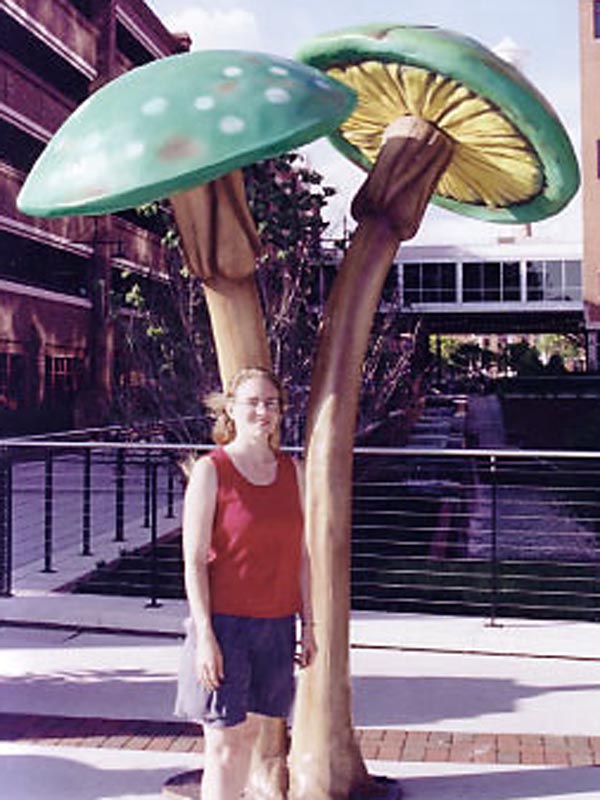 |
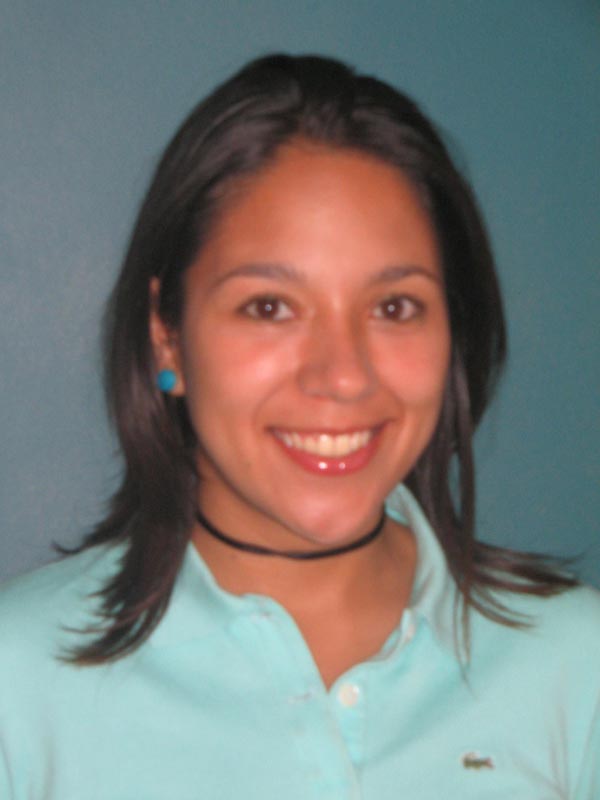 |
Angela Holguin. Angela, a Masters student from Universidad de los Andes (Bogota), helped us culturing, performing DNA extractions, sequencing, cloning, and editing sequences for the project. She is now planning to apply to pursue a Ph.D. in the USA. Angela’s master thesis (one year program) is focusing on the use of bacteriophages as an alternative to antibiotics in fighting diseases caused by bacteria. As a result of her involvement in this project she has also become interested in lichenology and mycology. She is now interested in viruses found in fungi that could potentially be used against pathogenic fungi. We are hoping Angela will be back soon! |
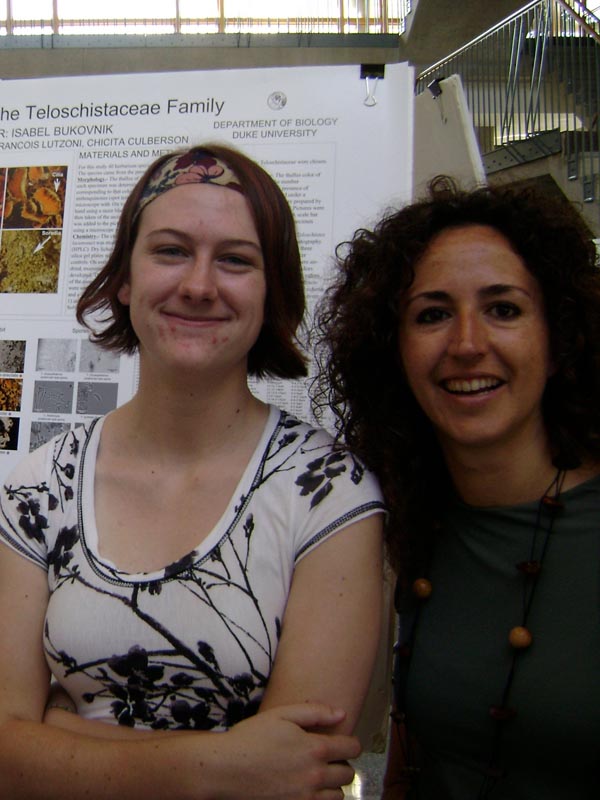 |
Isabel Bukovnik. Isabel, a High-School student when she visited our lab, participated on the Precollege Program component of the Howard Hughes Undergraduate Biological Sciences Grant. She helped us with the morphological study of lichen samples using dissecting scope and microscope, morphological descriptions, macro and microscopic photographs, preparation of lichen sections with a freezing microtome, Thin Layer Chromatography, and High Performance Liquid Chromatography. We had a great time with Isabel! She presented her results on a poster session organized by the Howard Hughes program. |
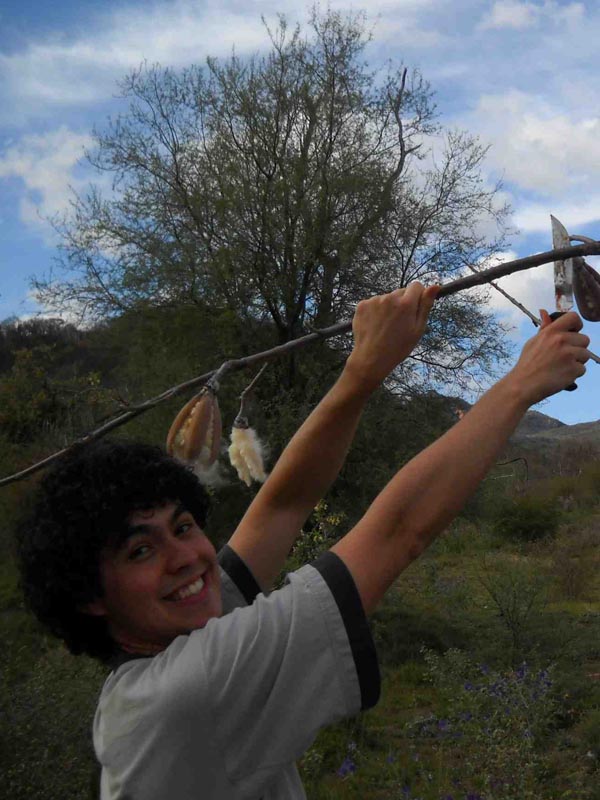 |
Ricardo Miranda. Ricardo, a Master’s student from UNAM (Universidad Nacional Autónoma de Mexico) was involved in this project through the joint organization of a field trip to Mexico. Ricardo has participated in the collection of specimens, and helped with some of the identifications. |
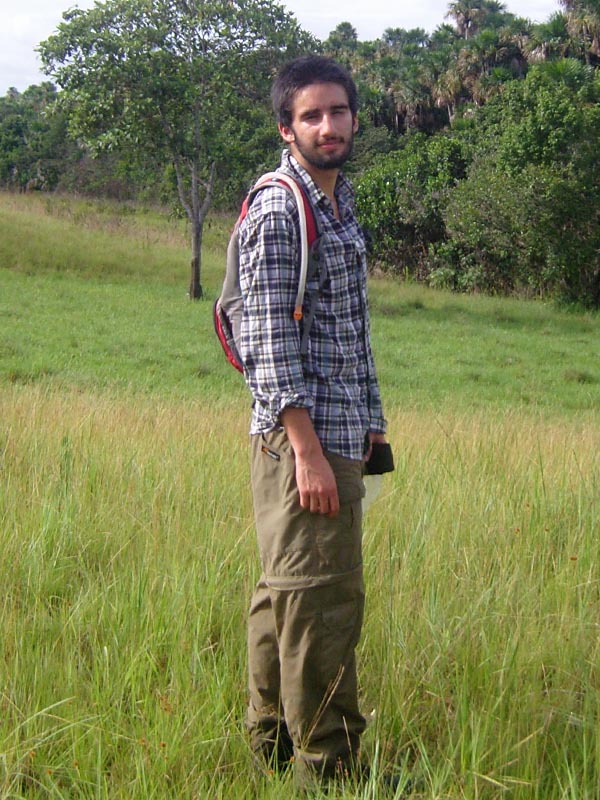 |
Martin Ramirez Mejia. Martin, an undergrad student from Universidad de los Andes (Bogota) is spending a year with us. Martin is culturing, performing DNA extractions, sequencing, cloning, editing sequences and aligning for the project, and also collaborating on the reconstruction of the evolutionary history of fungal reproductive traits. He basically took over Angela Holguin’s work when she finished her visit. Martin is our most cheerful component of the lab and is currently applying to pursue a Ph.D. in the USA. |
| Laryssa Baldridge. Laryssa, a PhD student at the Department of Biology, collaborated with Tami McDonald on the data collection for Objective 4 (reconstruct the evolutionary history of fungal reproductive traits). |
| Stephanie Villagra. Stephanie was trained on lab techniques, assembling and editing sequences. |
| We have also involved lichenologists, like Kerry Knudsen, from UC Riverside, in our project. He joined us in our collecting trip to California, showing us interesting localities and helping with the collecting permits. He is still sending us material! People like Kerry are key in improving our collective knowledge of local lichen diversity. |
|
| We have involved also a PhD student, Reinaldo Vargas, from Universidad de Concepción (Chile) into the project through the joint organization of a field trip to Chile. Reinaldo was in charge of the local organization of the trip and participated in the collection of specimens. Currently, he is helping with the identifications. As a result of this field trip, several potentially new species of Teloschistaceae were collected, which will be published jointly by Reinaldo Vargas and Ester Gaya. |
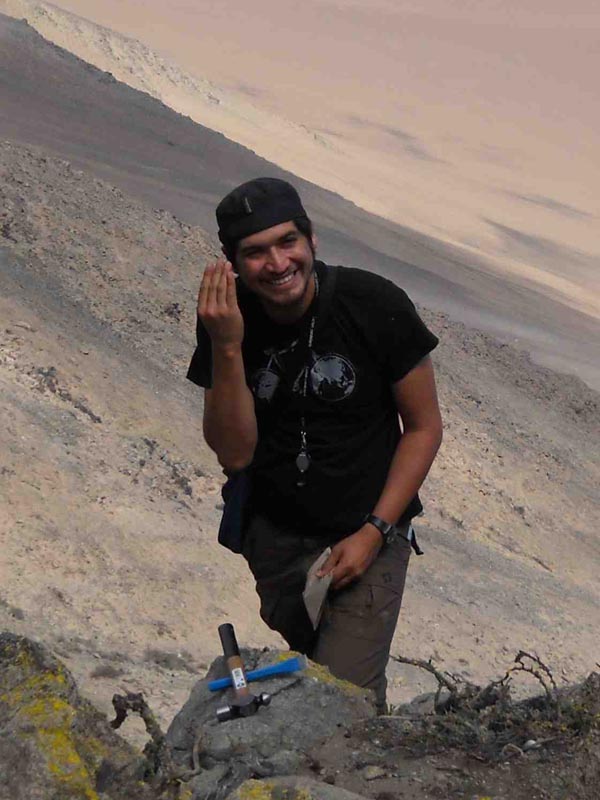 |
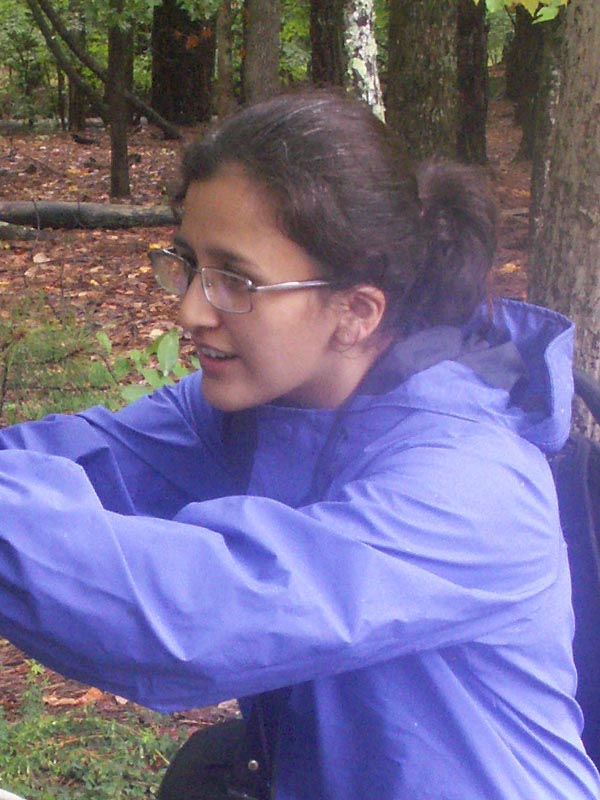 |
For the field trip in Peru, we involved the PhD student Eimy Rivas Plata (FMNH, Chicago) in the organization, and the undergraduate student Daniel Ramos (Universidad Nacional de San Agustín Arequipa), in the sample collection. Eimy joined recently our lab as a Postdoctoral Associate to work on the Peltigera project. As a result of the organization of this field trip, Ester Gaya gave an invited talk (by Dr. Pavlich) at Universidad Peruana Cayetano Heredia, Lima. |
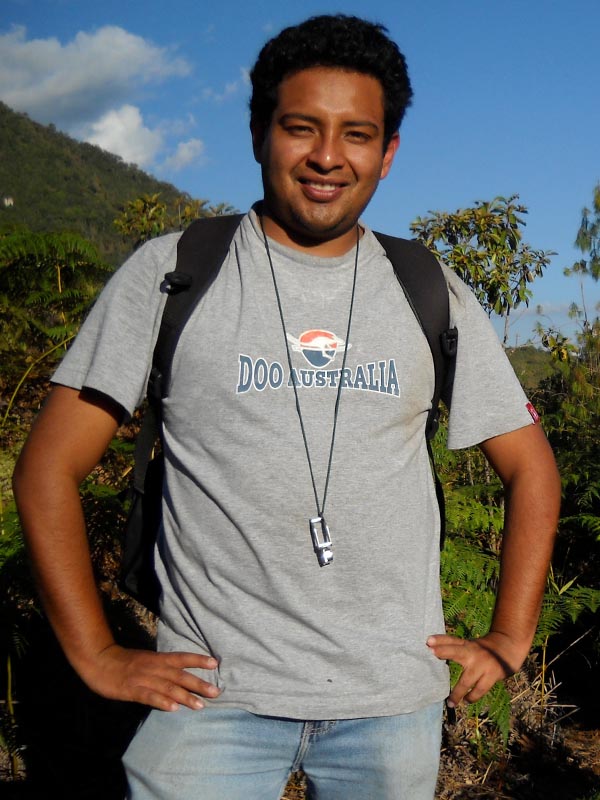 |
This project is also representing a unique opportunity for Francois Lutzoni and Ester Gaya to lead a collaborative project with nearly all world experts working on members of the Teloschistales (see our long list of collaborators!).







